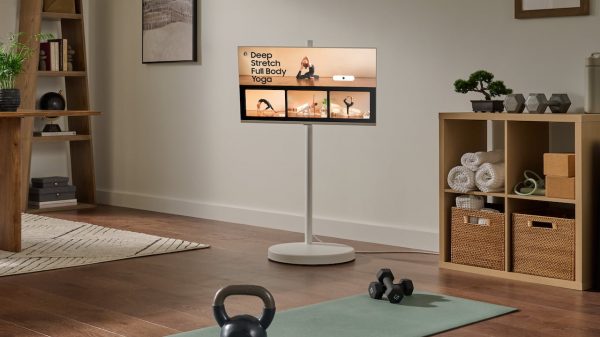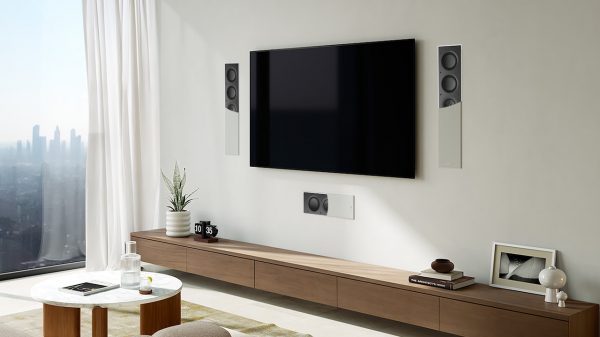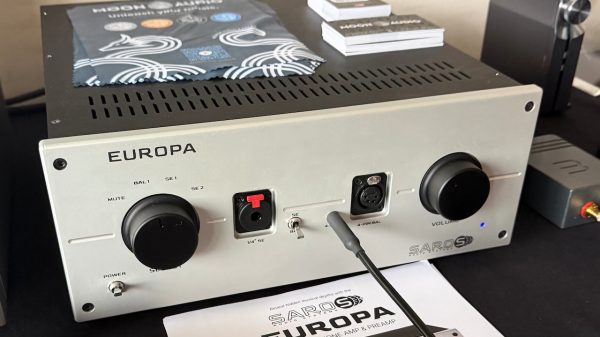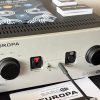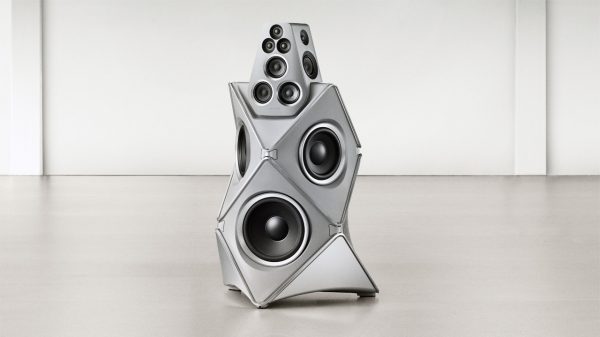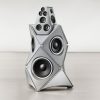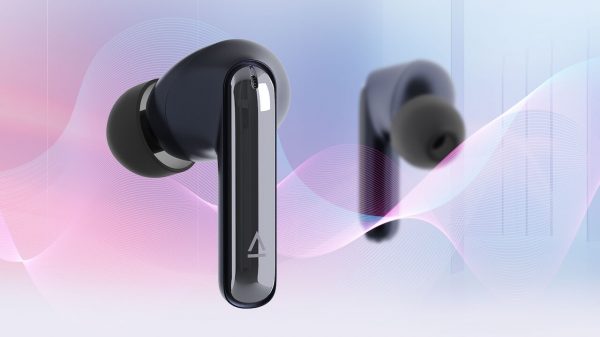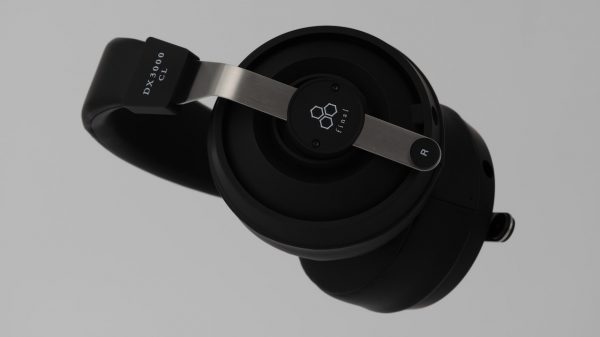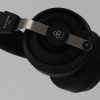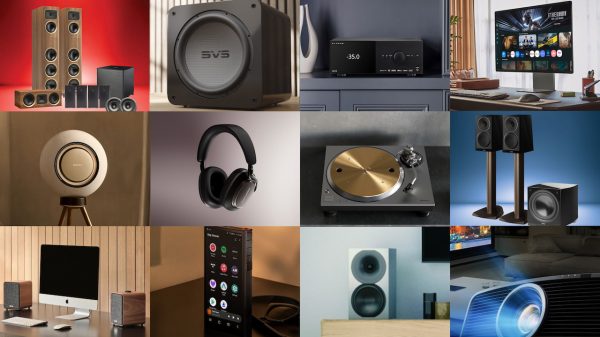IT experts have been warning for many years that fragmentation, like an insidious disease, compounds and dramatically slows down system performance. Why it affects performance is understandable–access to files split into multiple pieces means many additional I/Os. But what isn’t understandable is that some IT departments wait until fragmentation is manifest–that is, until a system is slowing down–to take action.
IT staffs are busy enough. Waiting until there are complaints of slow performance or, worse, waiting until server performance is affecting a whole enterprise, elevates defragmentation to the level of “putting out fires”. Additionally, waiting to defragment drives until performance is noticeably slow means that your users have already lost time due to slow performance while it was less noticeable, and that fragmentation has accumulated to the point at which a defragmenter is going to take considerable time to do its job. It also means that your system reliability is in jeopardy–serious fragmentation can cause system hangs and crashes which will involve even more IT time to sort out.
The solution, as experts have also been pointing out for years, is regular defragmentation. For some time, defragmenters have been available which can be scheduled, so that regular defragmentation does occur. That way, fragmentation is at least reduced, and performance and reliability aren’t so endangered.
But IT time is at a premium. The latest technologies such as SAN, NAS, server virtualization and advanced applications occupy a great amount of IT time just for implementation and debugging. In this scenario scheduled defragmentation becomes another time-consuming task on an already-overlong list. In order to figure out which disks need defragmenting and when, a fragmentation analysis must be done by IT personnel. And it can’t be done just once, it must be done regularly, because system activity and demands change; some volumes may need defragmenting more than others, and IT has to keep on top of which are the most active. Once such an analysis is done, defragmentation must be scheduled on hundreds or thousands of volumes to reflect the results of the analysis.
But the addition of an IT task is not, however, the worst problem with scheduled defragmentation. If an analyses is checked closely for the busiest volumes and especially on large volumes, one will find that scheduled defragmentation is actually not doing the full job. Fragmentation is being left behind, and on very busy and very large disks, it may not even be defragmenting at all.
In this day and age, IT departments should just make the leap into completely automatic defragmentation. There are now defragmentation solutions available which require no scheduling, which work invisibly, in the background, with absolutely no impact on performance while users are performing work on the system.
The motto: Don’t wait until the fragmentation disease has thoroughly infected your computers. With completely automatic defragmentation, you now have an excuse to put the task of defragmentation–and fragmentation itself–completely behind you and your enterprise.

